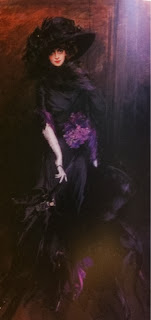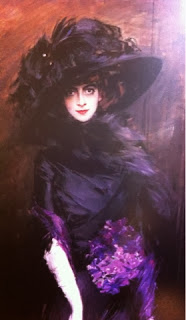The skills I have developed through this brief have been mainly linked to idea development and the exploration of conceptual ideas. This is because I have previously not put enough into this stage of the process; now I am much more aware of the necessity of coming up with as many potential ideas as possible in order to get the best from your work. In this forth brief in particular I have been developing my skills using media and colour as this is a passion I have not yet carried through with in my other projects. I have felt restricted by the colour constraints and I really enjoyed just using whichever colours and media I wanted for the Brief 4 final pieces. I think I have applied these skills effectively as I really think they convey the emotional connotations with each season that I intended. I also think it was effective in bringing alive the end result and bought attention to the quote and to the line drawings without swamping them; I feel the two elements were complimentary.
I have developed my approach to image making through experimentation with layout and form; considering how the image is positioned on the page, and through understanding how this can correspond to the message I am intending to convey this has informed my concept development process. I have also thought about line work and choice of media and the methods to which I combine the two. For example, in my forth brief I have focused a lot on line work; the simple continuous line that runs across the font of the quote describing characters on a walk on its way; and the direction of and movement in the background; this method of image making informed my concept development process because of its strong link and entwinement to the meaning of the quote. My concept development process was also informed through my approach to colour and media as this imbued a lot of feeling and emotion into my pieces, this is a strength I will capitalise on through experimentation throughout future projects.
Also experimenting with layout and positioning really informed me as I decided to go with a slight arch; I thought this was successful as it helped to signify the arch along the earth- the cycle of the sun rising and setting along the horizon; and the people across the globe. My approach to creating the characters made them universal or at least relatable through the simplicity of the figures and monotone line. I really like how my concept allowed all of the people in the piece to be connected; even if some appear lonelier than others, this is something I can capitalise on as I learnt how to connect approach with concept.
My weaknesses lie mainly in lack of experimentation in all areas as this is something I can always be improving on and there is always scope to do more and to push myself more. I need to allow myself time to fail and learn from these new ways of working and to do this I must plan my time differently; allowing more time to create experiment with layout, media, line work and concept idea development. I also think I need to think about how the final images are presented in a lot more depth and professionalism, this is something I feel would really effect the outcomes of my project and would give me a lot more pride in my work; thus motivating me to be even more of a perfectionist.
Five things I will do in future projects and would do with this project were I to do it again would be to; explore all potential ideas, develop my ideas thoroughly, experiment even more with media, experiment with layout and cropping, and presenting work professionally. I expect from doing all these I will gain understanding in creating work to its full potential and learning a more professional way to working.






















































